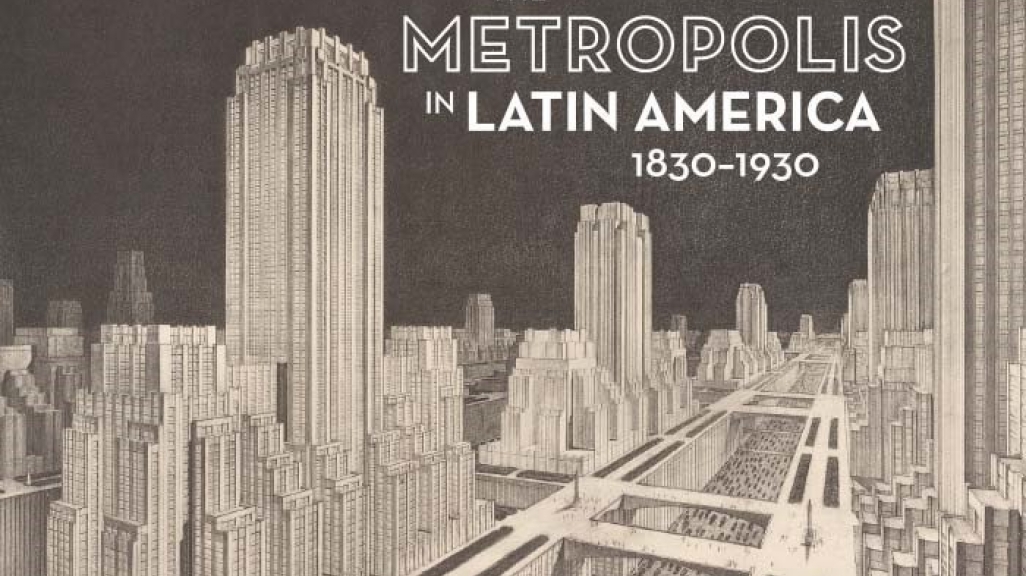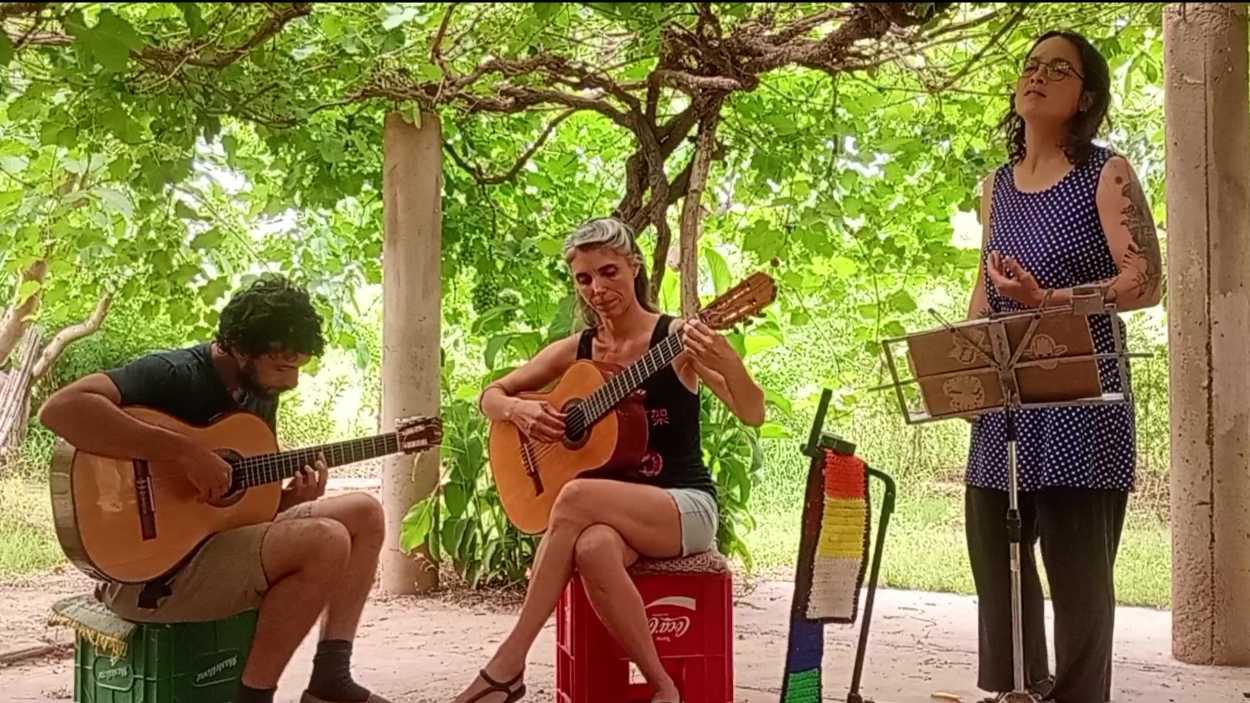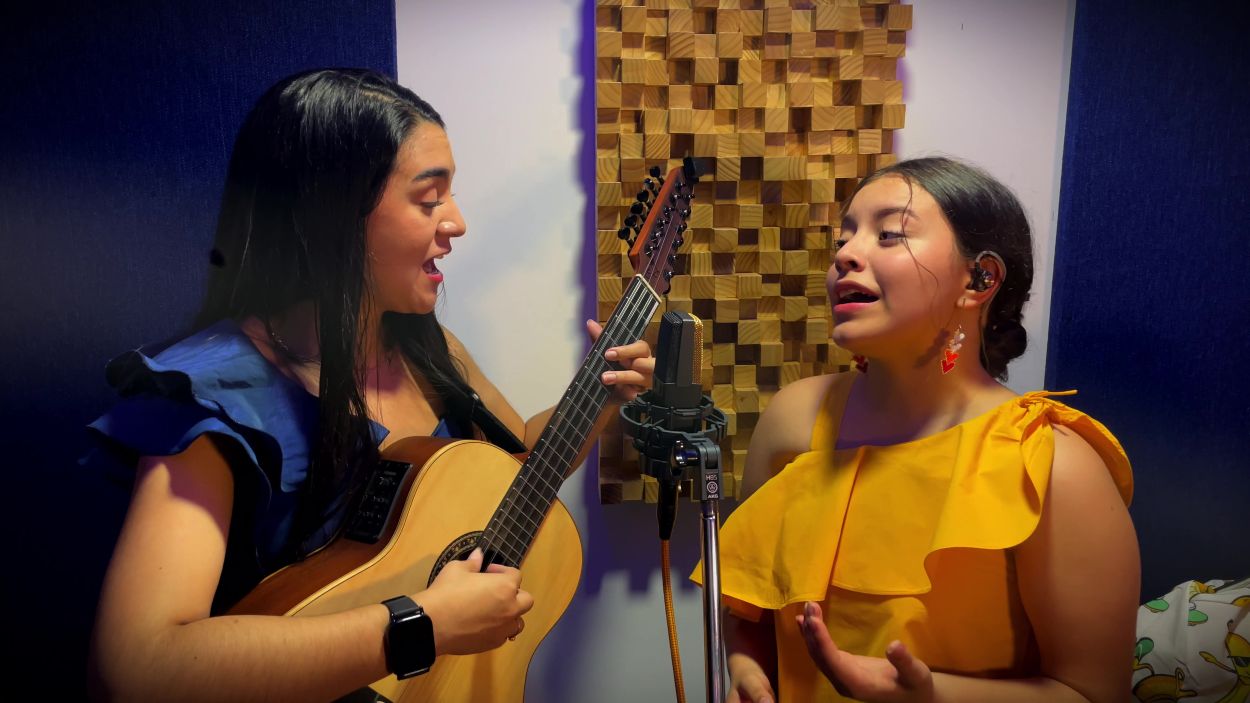The Metropolis in Latin America, 1830–1930 Opens March 22
The Metropolis in Latin America, 1830–1930 Opens March 22
Americas Society's new exhibition explores the impact that a century of accelerated urbanization as well as political and social transformations had in the architectural landscapes of six Latin American capitals.
Organized by The Getty Research Institute
On view at Americas Society March 22 through June 30, 2018
Curated by Idurre Alonso and Maristella Casciato
Press Preview: March 21, 5:00 – 7:00 p.m.
General Opening: March 22, 7:00 – 9:00 p.m.
Press Inquiries: mediarelations@as-coa.org | 1-212-277-8384 | 1-212-277-8333
New York— Americas Society is pleased to present The Metropolis in Latin America, 1830-1930, an exhibition that explores the impact that a century of accelerated urbanization as well as political and social transformations had on the architectural landscapes of six Latin American capitals: Buenos Aires, Havana, Lima, Mexico City, Rio de Janeiro, and Santiago de Chile. Curated by Idurre Alonso and Maristella Casciato, The Metropolis in Latin America, 1830-1930 will be on view at the Society’s Art Gallery from March 22 through June 30, 2018. The exhibition features rare maps, engravings, drawings, photographs, books, and videos that range from Hernán Cortés’ map of Tenochtitlán (1524) to Le Corbusier’s sketches made during his visit to Buenos Aires (1929). A press preview and reception will be held on March 21, 2018 at 5:00 p.m. RSVP: mediarelations@as-coa.org.
Previously on view at The Getty Research Institute (GRI) in Los Angeles, as part of the Getty Foundation’s region-wide initiative on Latin American and Latino art Pacific Standard Time: LA/LA, The Metropolis in Latin America, 1830-1930 draws on the GRI’s collections to document how, over the course of one century, Latin American cities experienced rapid growth and sociopolitical turmoil that resulted in crucial modifications to city scale and architectural landscapes, creating the prime conditions for the emergence of the metropolis.
“The juncture that followed the processes of independence from Mexico to Argentina triggered a myriad of local initiatives that led to the re-organization of the cities from the newly freed republics to the nation-states before the Second World War,” explained Americas Society Visual Arts Director and Chief Curator Gabriela Rangel. “Metropolis is an effort that reveals the importance of archival research within a period that have been mostly overseen in the U.S. scholarship on Latin America. After Americas Society’s exploration of the emergence of mid-century modern design through our 2015 exhibition MODERNO: Design for Living in Brazil, Mexico, and Venezuela 1940-1978, we aim to present a previous step in the configuration of modern impulses and projects for the urban environment in small cities and big capitals.”
“During the almost four centuries of colonial rule, town planning was a key tool to build cities that had to be commercially functional and militarily strategic,” commented exhibition curator and The Getty Research Institute’s Associate Curator of Latin American Collections Idurre Alonso. “This exhibition traces the changes of six major capitals as independence, industrialization, and exchange of ideas altered their built environments and eventually transformed them into monumental, modern metropolises.”
Following independence, Latin Americans had an urgent desire to break with the colonial past. This desire was expressed through architecture and urban planning, among other ways. Over a time of intense growth and social and demographic changes, cities began to reshape themselves, removing or diminishing the prominence of colonial symbols through the construction of civic buildings that emphasized the new identities of independent nations. “Latin American metropolises were dramatically reconfigured, becoming experimental laboratories where scientific planning mingled with the natural environment to create forward-looking approaches to city design,” said Maristella Casciato, exhibition curator and Senior Curator of Architecture at The Getty Research Institute.
By the later part of the nineteenth century significant changes, including massive migration to cities and the beginning of local industrialization, resulted in new urban development. In order to accommodate the lifestyle of the new bourgeoisie, capitals were lavishly embellished with grand avenues. In major cities, such as Buenos Aires, Mexico City, and Rio de Janeiro, a fascination with the Parisian grands travaux (great works) of the second French empire resulted in the adoption of European planning models. Radial networks of avenues, as well as new parkways, public parks, and botanical gardens transformed the cities. However, the legacy of the colonial city was still visible. For example, the civic plaza remained the cultural center of many cities, as it had in the colonial era.
In the 1910s, grand celebrations across Latin America marked one hundred years of independence. Coinciding with the end of World War I and a significant increase in immigration from Europe, these commemorations sparked a reconsideration of national identity. Architects, planners, and politicians initiated a return to local architectural traditions, eschewing nineteenth-century European models in favor of pre-Columbian and colonial revivals.
In the following decades a younger generation of designers started instilling their projects with utopian ideas of modernity, which implied social transformations and urban reconfigurations. They conceived the metropolis as the city for all, with standardized housing and a new functional order. The Metropolis in Latin America, 1830–1930 creates a rich visual narrative with the aim of providing an understanding of how this transformative period allowed for the emergence of a modernist architectural language.
Learn more about the exhibition.
This exhibition has been organized by The Getty Research Institute, Los Angeles, and was previously on view as part of Pacific Standard Time: LA/LA at the Getty Center (September 16, 2017-January 7, 2018).
Americas Society gratefully acknowledges the support from the Arts of the Americas Circle members: Estrellita Brodsky; Galeria Almeida e Dale; Kaeli Deane, Phillips; Diana Fane; Boris Hirmas; Isabella Hutchinson; Roberto Redondo and Carlos Manso; Erica Roberts; Sharon Schultz, Herman Sifontes Tovar; Axel Stein; Edward J. Sullivan; and Juan Yarur Torrres.
The presentation of The Metropolis in Latin America, 1830–1930, at Americas Society is made possible by the New York State Council on the Arts with the support of Governor Andrew M. Cuomo and the New York State Legislature, and is supported, in part, by public funds from the New York City Department of Cultural Affairs in partnership with the City Council.
Additional support is provided by The Achelis and Bodman Foundation, the Smart Family Foundation of New York, Genomma Lab Internacional, The Cowles Charitable Trust, and by AMEXCID, the Consulate General of Mexico, and the Mexican Cultural Institute of New York. In-kind support is provided by the Consulado General y Centro de Promoción de la República Argentina en Nueva York.
Image credit: The City of the Future: Hundred Story City in Neo-American Style, Francisco Mujica, 1929. From Francisco Mujica, History of the Skyscraper (Paris, 1929), pl. 134. The Getty Research Institute, 88-B34645.
ON VIEW
March 22 – June 30, 2018
Americas Society
680 Park Avenue at 68th Street
New York, NY 10065
View map
Gallery hours:
Wednesday to Saturday
12:00 – 6:00 p.m.
Free admission
PANEL DISCUSSION: PLANNING THE METROPOLIS IN LATIN AMERICA, 1830-1930
On the eve of the opening of The Metropolis in Latin America, 1830–1930, cocurators Maristella Casciato and Idurre Alonso, along with professors Luis Carranza (Columbia GSAPP), Patricio del Real (Harvard University), and Galia Solomonoff (Columbia University), examine the nineteenth- and early twentieth-century growth and transformations of urban centers in Latin America.
Monday, March 19, 2018
6:00 – 8:00 p.m.
Center for Architecture (536 LaGuardia Place, New York, NY)
Free admission
PRESS PREVIEW
Wednesday, March 21, 2018
5:00 – 7:00 p.m.
Americas Society
EXHIBITION OPENING
Wednesday, March 21, 2018
7:00 – 9:00 p.m.
Americas Society
Free admission
BOOK LAUNCH: THE MOBILITY OF MODERNISM
Tuesday, April 3, 2018
6:30 – 8:30 p.m.
With Harper Montgomery and Edward J. Sullivan.
Americas Society
Free admission
PANEL DISCUSSION: CONTEMPORARY CITIES - URBAN AND ARCHITECTURE PRACTICES ABOUT LATIN AMERICA
Wednesday, April 11, 2018
7:00 – 9:00 p.m.
Co-organized with Columbia GSAPP Incubator.
Americas Society
Free admission
BOOK LAUNCH: EMBODYING
Friday, April 13, 2018
6:30 – 8:30 p.m.
With Hoor Al Qasimi and Gabriela Rangel.
Americas Society
Free admission
JUAN TESSI IN CONVERSATION WITH VERÓNICA FLOM
Friday, May 4, 2018
6:30 – 8:30 p.m.
Americas Society
Free admission
PANEL DISCUSSION: AN ATTEMPT TO BECOME MODERN
Thursday, May 10, 2018
6:30 – 8:30 p.m.
Americas Society
Free admission
Visit as-coa.org/visualarts for more details on all public programs.
Press Inquiries: mediarelations@as-coa.org | 1-212-277-8384 | 1-212-277-8333
Americas Society is the premier organization dedicated to education, debate, and dialogue in the Americas. Established by David Rockefeller in 1965, our mission is to foster an understanding of the contemporary political, social, and economic issues confronting Latin America, the Caribbean, and Canada, and to increase public awareness and appreciation of the diverse cultural heritage of the Americas and the importance of the inter-American relationship. Americas Society Visual Arts program boasts the longest-standing private space in the United States dedicated to exhibiting and promoting art from Latin America, the Caribbean, and Canada; it has achieved a unique and renowned leadership position in the field, producing both historical and contemporary exhibitions.









